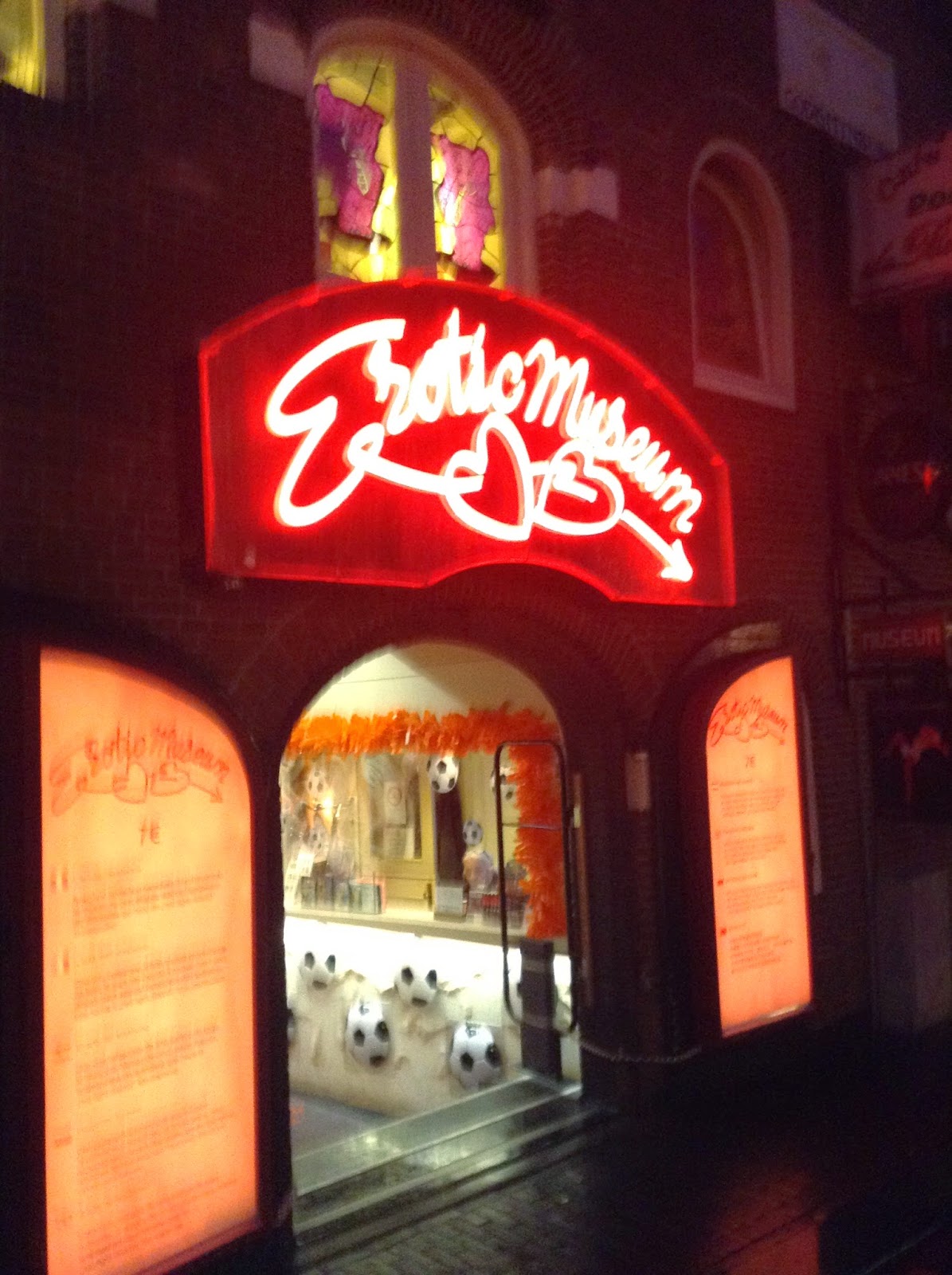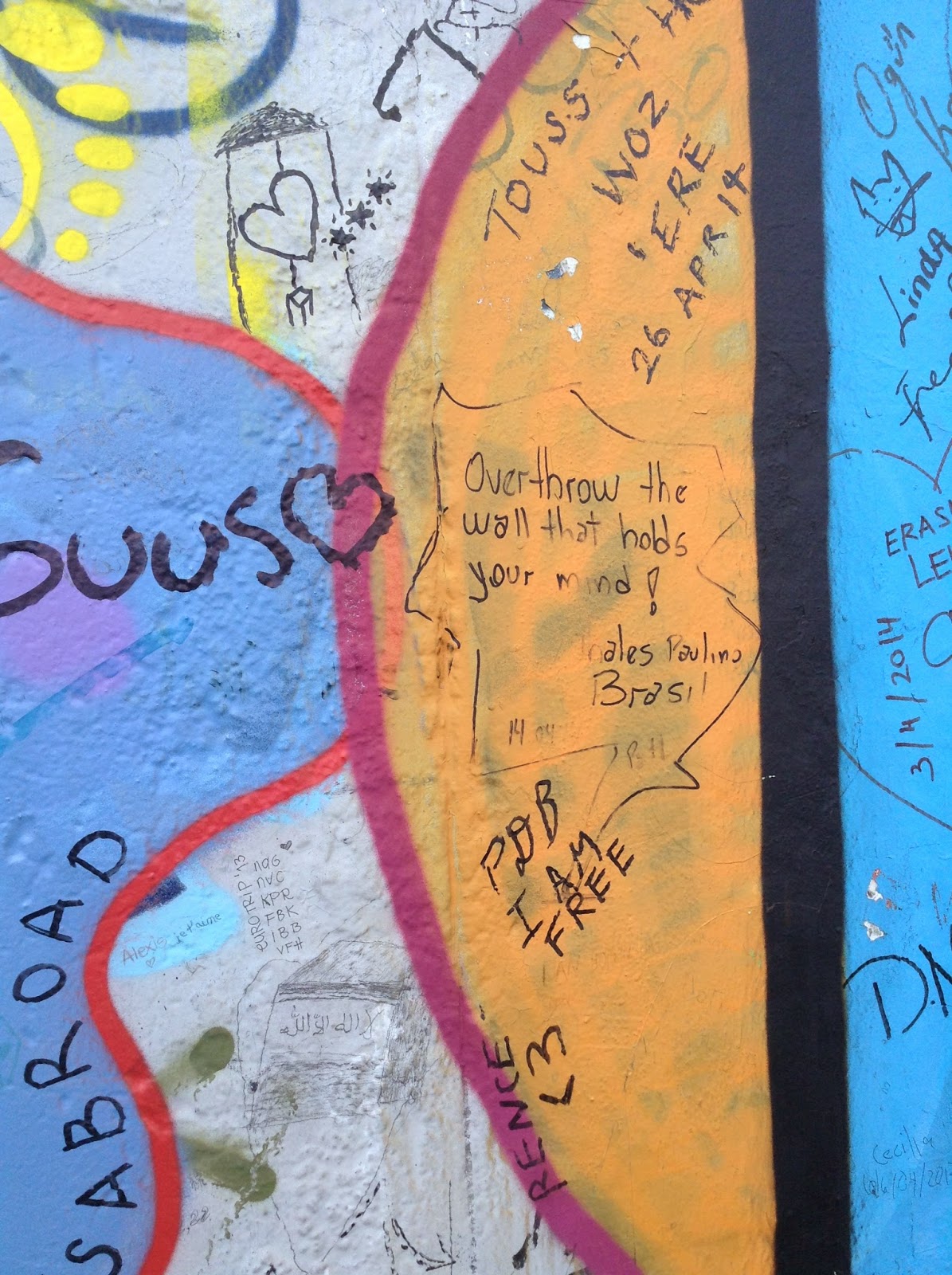Well, I'm back (temporarily, because I'm actually going on holiday this Wednesday with a couple of mates. I'm living the life, right?!)
Interrailing was absolutely amazing and something that I would certainly recommend to everybody! It's a fantastic way to see the world, meet new people and obtain mountains of knowledge that you can wow people with. I went with my cousin and our route was as follows: Amsterdam - Berlin - Prague - Vienna - Budapest - Bucharest - Varna - Sofia - Belgrade - Zagreb - Munich.
If you don't know much about interrailing, I suggest going to the website (http://www.interrail.eu/) and checking it out. In a nutshell, it's travelling around Europe by train. You pay a certain amount for an InterRail pass, which allows you to cruise through 30 different countries, thus saving a lot of money on transport. There are different rates depending on how long you travel for and how old you are, but either way, it's a cheaper and great way to see Europe. An important note! The InterRail pass is valid for EU citizens only; if you live outside Europe, you will need to apply for a Eurail pass, which is the same concept, but obviously I have less knowledge on the Eurail pass.
Keep reading to find out what I got up to on my trip!
Clara and I flew from Stansted Airport straight to Amsterdam, which I think is quite a common starting point for a lot of people travelling through Europe, especially if they've come from the UK.
Amsterdam was a very interesting start to our journey; we walked past the canals, the Red Light District, we visited the Anne Frank Museum, the Amsterdam Museum and sampled the local .. delicacies. Brownies were rather tasty.
Fun fact: Amsterdam actually boasts more canals than Venice, but I don't think it gets the credit. Another fun fact: there are 4 bicycles to every person in Amsterdam, meaning that the city is literally crammed full. I'm not sure if our tour guide told us that 4000 bicycles fall into the canals every year, or 40,000, but either way, that's a hell of a lot of bicycles to be chilling at the bottom of the canals! Cars and people also fall in, as you might expect seeing as there are no railings. Basically, the canals themselves are museums.
^ The thinnest house in Amsterdam. God knows how they manage to fit furniture inside!

We went to the the Vondelpark, founded by Mr. Vondel, which beheld the famous 'I amsterdam' letters. There are actually 3 sets of these letters erected in Amsterdam, so if you're having trouble finding a picture like this, you don't have to look that far.
Unfortunately, the weather in Amsterdam was really quite horrible. It rained pretty much every day we were there, so my dreams of sitting by the canals with a picnic were not to be. However, it made me think about how much the weather can change the atmosphere of a particular place. Not just the weather, but the time of day as well. Amsterdam at night was quite a different scene...
As you can see, the Red Light District gave this part of Amsterdam a really seedy feel. I found it rather surreal walking down the street, knowing that the locals would find it completely normal. I thought the way the prostitutes were showcasing themselves was really fascinating, but they didn't really approve of me taking pictures! There are also lots of bars and coffeeshops along the streets here, so it was quite a lively and sociable atmosphere.
Holland is a very liberal country. As we know, prostitution and cannabis are legal, and the Netherlands were the first country to also legalise gay marriage. Back in WW2, the country wasn't so free. Going to the Anne Frank Museum was really eye-opening for me, and very intense. It's one thing to read her diary and another to be in the place she hid for years simply because she was a Jew, and that was a threat to society.
Now moving on to Berlin...
BERLIN
Berlin was completely different to Amsterdam. It felt huge in comparison, and rather ugly. We stayed on the former 'east' side of the city, so Communist architecture was everywhere and there was a strange juxtaposition of old buildings and modern skyscrapers.
^ The station was absolutely huge!
^ Do you see the stones that form a line on the ground? That was where the Berlin Wall used to stand.
Berlin has a lot of grand buildings along the Unter Den Linden, which is the main boulevard that leads up to the Brandenburg Gate. The gate itself was wonderful to behold (that area was incredibly touristy, as you can imagine.) Lots of significant events took place just outside the gate, such as the fall of the Berlin Wall.
Talking of the wall, there are large stretches of it that still remain and are great to visit. We learnt a lot about the construction of the wall and also what life was like for residents at the time it was up, especially those who lived on the east side of the city, where things were difficult. Berlin has one of the most famous dividing lines in the world, but we can't forget that there are other places in which division has caused a lot of upheaval and struggle. At this time the Israeli West Bank barrier is being constructed.
PRAGUE
Again, Prague was entirely different to the previous cities we had visited. It was one of the most beautiful, I think, and extremely traditional. Now, I don't know heaps about architecture, but the architecture in Prague was amazing because it was simply so varied. There was an eclectic mix of Gothic, Baroque and Renaissance influences as well as, of course, lots of old Communist buildings. There were plenty of sights of interest in Prague, including the Astronomical Clock, the Jewish quarter, the 'posh' quarter and the Charles Bridge.
With old buildings come old stories and legends. There were lots here in Prague! One of my favourites was in relation to a little church some way away from the main square. Apparently, back in medieval times, a thief went into said church and began picking up lots of nice treasures to steal. What caught his eye was a big, decorated statue of the Virgin Mary. As he went to move her, the Virgin Mary apparently reached up and grabbed his arm so that he was stuck there for the whole night until the priest came into the church the next morning to open it up. He was shocked by what he saw and called an executioner straight away. First, the executioner had to chop of the thief's arm. The arm still resides in the church today.
^ Competition for Paris!
^ Both of these were amazing - the Spanish synagogue and the sweet churros thingymagigy
^ Heard of the John Lennon wall?
Thanks for sticking with me so far! Part 2 of Interrailing 2014 will be Vienna and Budapest...
Rhi x





















































No comments:
Post a Comment